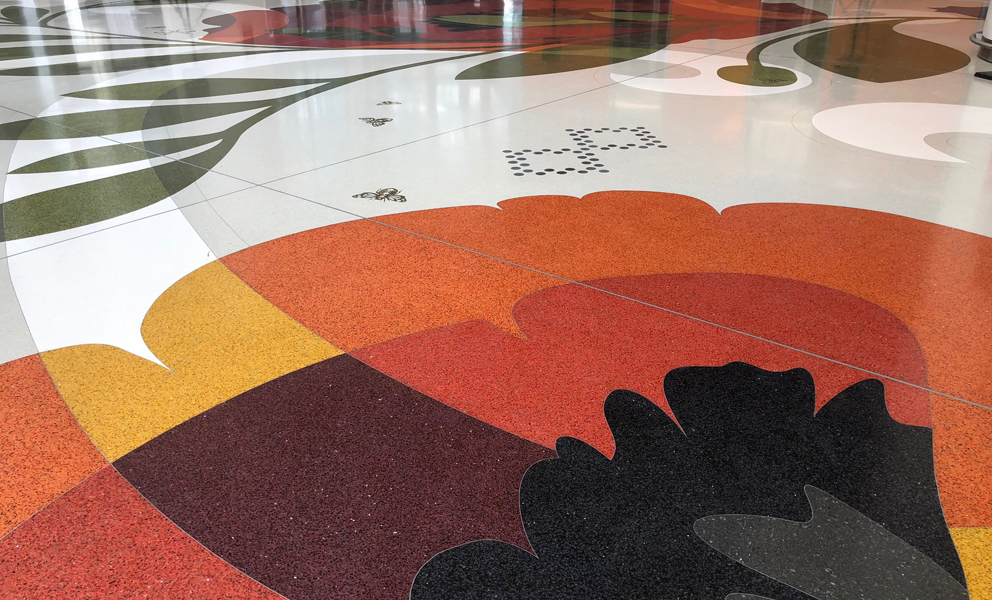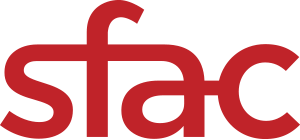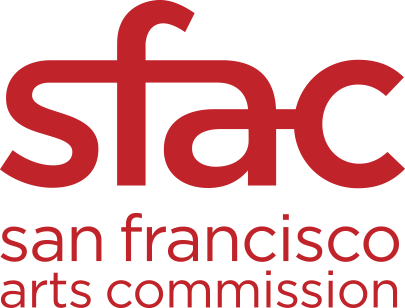San Francisco's Public Art Program Turns 50 and Wins Honor from Americans for the Arts
Julie W. Chang’s Secret Garden at Salesforce Transit Center Honored Today at Americans for the Arts Annual Convention in Minneapolis

SAN FRANCISCO —Americans for the Arts today honored Julie W. Chang’s 23,000-square-foot terrazzo floor at Salesforce Transit Center among 50 outstanding public arts projects created in 2018 through the Public Art Network Year in Review program, the only national program that specifically recognizes the most compelling public art. Chosen by public art experts, the roster of selected projects was unveiled this morning at Americans for the Arts’ Annual Convention in Minneapolis.
According to Director of Cultural Affairs Tom DeCaigny, “This recognition from Americans for the Arts is a wonderful 50th birthday present for the San Francisco Arts Commission’s Public Art Program. These honors are a testament to San Francisco’s commitment to providing broad access to high quality art for all. This was Julie W. Chang’s first public art project, and we could not be more thrilled for her success.”
On May 15, 2008, the Transbay Joint Powers Authority (TJPA) Board of Directors passed a resolution authorizing an intergovernmental agreement with the SFAC to provide assistance in selecting, acquiring and managing the installation of public art as part of the Transbay Program. The TJPA voluntarily committed $4.75 million to fund the acquisition of artwork in the spirit of the City’s “Percent for Art Ordinance”, which was established in 1969 and mandates that two percent of construction costs for the inclusion of public art in the City’s civic structures and facilities.
Secret Garden, located in the Salesforce Transit Center’s Grand Hall, welcomes visitors into a richly colored inviting environment that evokes a lush sunlit Victorian garden. Mined from local ecology, design elements include California poppies (the state flower) and jewel-toned hummingbirds. Integrated into the design is a subtle overlay of icons and patterns that draw from the rich tapestry of people and cultures across the Bay Area. Motifs include flower-like circular rings from an Indian sari; cloud-like curves inspired by Chinese embroidery; Japanese crests; diamonds and chevrons found in a variety of sources including African textiles and Grecian pottery and star and cross shapes from Islamic tiles. Throughout the design, symbols migrate, cross boundaries and become transformed by encounters with other forms, offering moments of surprise and delight for commuters and visitors going about their daily lives.
“I am so grateful for the Transbay Joint Powers Authority, Fred Clark and his team at Pelli Clarke Pelli Architects, Jill Manton and the San Francisco Arts Commission for giving me the opportunity and privilege to share my work with the San Francisco community in such an significant way,” says Chang. “To be recognized by the Public Art Network is an additional honor, one that emboldens me to continue to pursue opportunities of this scale and potential to reach such a diverse audience.”
“The best of public art can challenge, delight, educate, and illuminate. Most of all, public art creates a sense of civic vitality in the cities, towns, and communities we inhabit and visit,” said Robert L. Lynch, president and CEO of Americans for the Arts. “As these Public Art Network Year in Review selections illustrate, public art has the power to enhance our lives on a scale that little else can. I congratulate the artists and commissioning groups for these community treasures, and I look forward to honoring more great works in the years to come.”
The projects selected for Year in Review can be viewed on this page and will be displayed throughout Annual Convention. Two independent public art experts—artist Seitu Jones of Saint Paul, Minnesota, and Aaron Ott, Curator of Public Art at Albirght Knox Art Gallery in Buffalo, New York—discussed the trends they uncovered while examining hundreds of submissions in selecting this year’s choices for the most exemplary, innovative permanent or temporary public art works created or debuted in 2018.
The San Francisco Arts Commission is the City agency that champions the arts as essential to daily life by investing in a vibrant arts community, enlivening the urban environment and shaping innovative cultural policy.
The Art Enrichment Ordinance (the 2%-for-art program) was enacted in 1969 to provide a guaranteed funding mechanism for the acquisition of artwork for new public facilities and civic spaces. The Ordinance ensures that two percent of the gross construction cost of civic buildings, transportation improvement projects, new parks, and other above-ground structures such as bridges, be allocated for public art.
###


